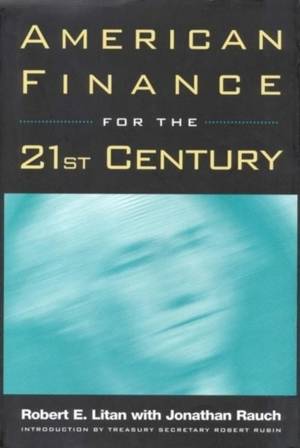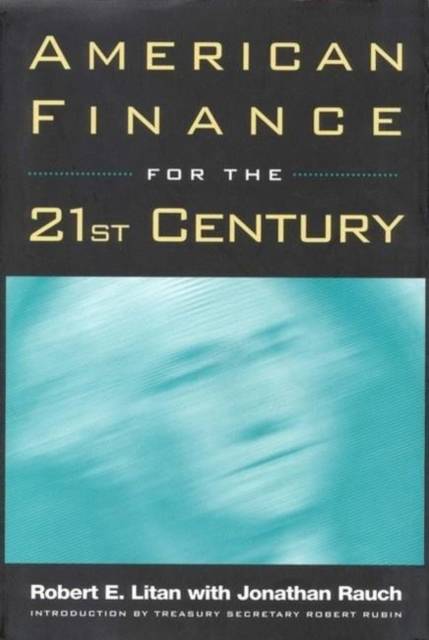
- Afhalen na 1 uur in een winkel met voorraad
- Gratis thuislevering in België vanaf € 30
- Ruim aanbod met 7 miljoen producten
- Afhalen na 1 uur in een winkel met voorraad
- Gratis thuislevering in België vanaf € 30
- Ruim aanbod met 7 miljoen producten
Omschrijving
As recently as thirty years ago, Americans lived in a financial world that today seems distant. Investment and borrowing choices were meager: virtually all transactions were conducted in cash or by check. The financial services industry was heavily regulated, as an outgrowth of the Depression, while an elaborate safety net was constructed to prevent a repeat of that dismal episode in American history. Today, consumers and businesses have a dizzying array of choices about where to invest and borrow. Plastic credit cards and electronic transfers increasingly are replacing cash and checks. Much regulation has been dismantled, although the industry remains fragmented by rules that continue to separate banks from other enterprises. Meanwhile, finance has gone global and increasingly high-tech. This book, originally prepared as a report to Congress by the Treasury Department, outlines a framework for setting policy toward the financial services industry in the coming decades. The authors, who worked closely with senior Treasury officials in developing their recommendations, identify three core principles that lie at the heart of that framework: an enhanced role for competition; a shift in emphasis from preventing failures of financial institutions at all cost toward containing the damage of any failures that inevitably occur in a competitive market; and a greater reliance on more targeted interventions to achieve policy goals rather than broad measures, such as flat prohibitions on certain activities.
"Specificaties
Betrokkenen
- Auteur(s):
- Uitgeverij:
Inhoud
- Aantal bladzijden:
- 211
- Taal:
- Engels
Eigenschappen
- Productcode (EAN):
- 9780815734833
- Verschijningsdatum:
- 1/04/1998
- Uitvoering:
- Paperback
- Formaat:
- Trade paperback (VS)
- Afmetingen:
- 152 mm x 229 mm
- Gewicht:
- 326 g

Alleen bij Standaard Boekhandel
Beoordelingen
We publiceren alleen reviews die voldoen aan de voorwaarden voor reviews. Bekijk onze voorwaarden voor reviews.











